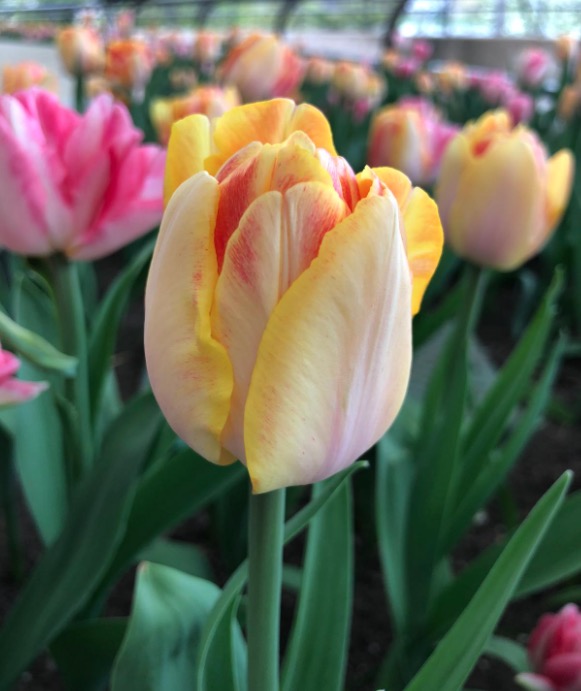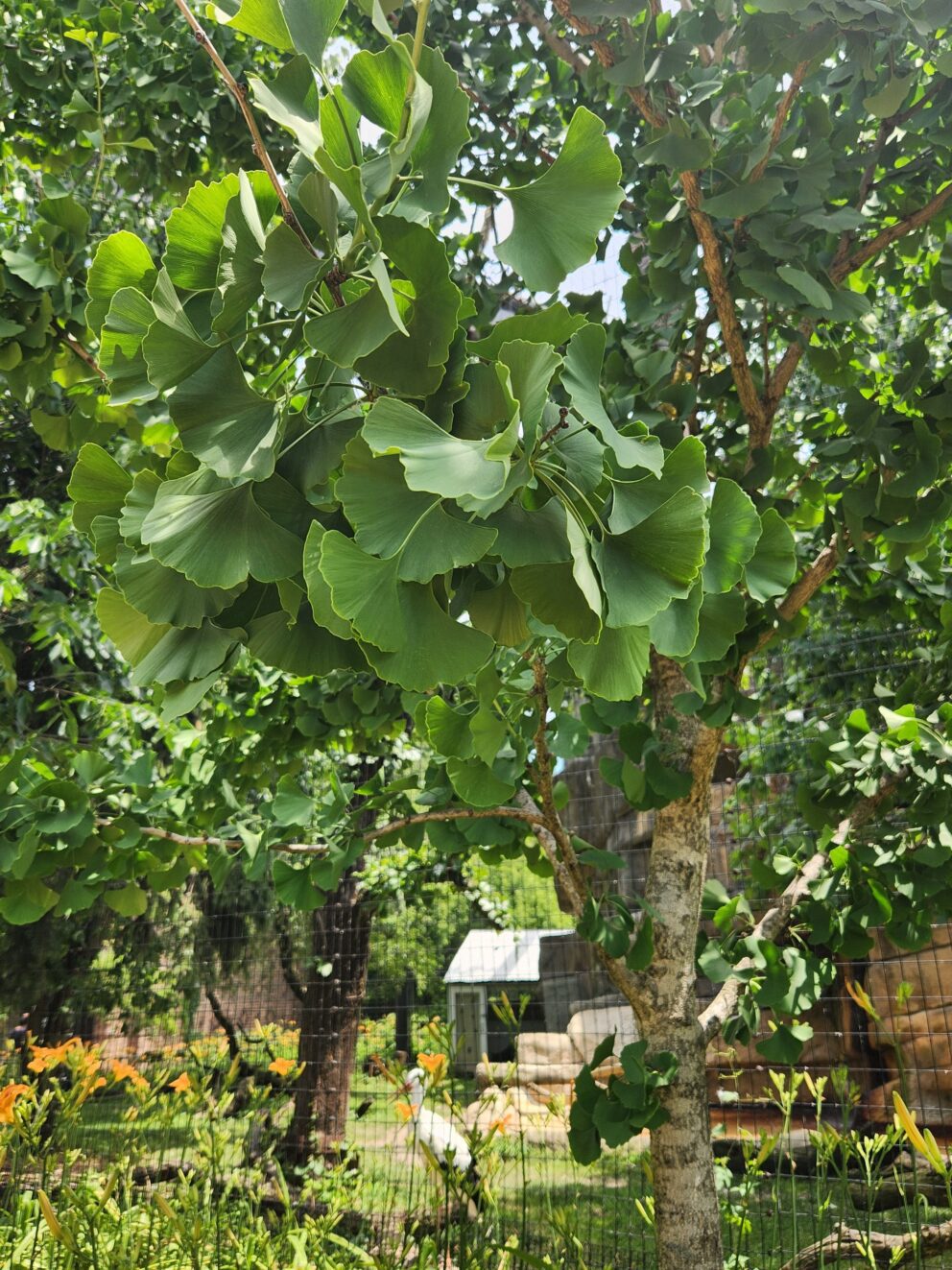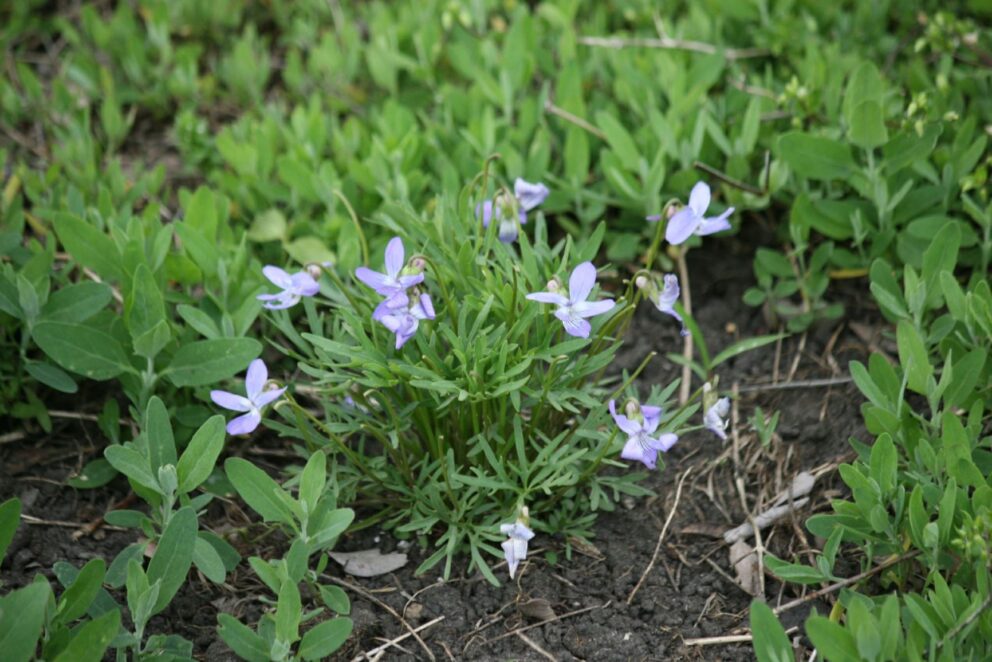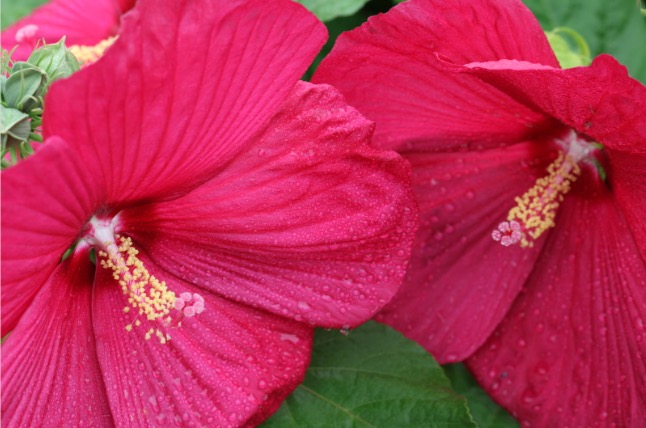Throughout history, flowers have been symbols of sexuality, and the language of flowers has been used to evoke romance and love. After all, flowers are the reproductive organs of a plant, containing stamens, pistils, and pollen, and producing seeds.
However, here’s a fact that may surprise you: The complex reproductive structures of plants break through and transcend the binary male-female dichotomy as largely perpetuated by Westernized societies. The physiology of flowers reminds us that fluidity in sex and identity is natural across the world. In fact, the term “bisexual” was created to describe such fluidity in plants, long before it was used to describe identities and sexualities in humans.
Biological Diversity, Flower-Style
The world of flowers includes many different sex types and reproductive arrangements. Some flowers are compound or composite; their heads look like they have a single bloom, but those blooms are made up of many small flowers. Some are asexual, as they don’t produce seeds and instead propagate through stems, roots, or other structures. Some are bisexual, as they have both male and female reproductive parts.
Some bisexual plants exhibit protandry, in which the male reproductive organs mature faster than the female ones, ensuring that self-fertilization doesn’t occur. Some trees have even been known to switch sexes under certain conditions. The biodiversity reflected in the plant world, symbolizing the interconnectedness and the variety of life on Earth in so many forms, is not just necessary—it’s desirable for survival and growth.
It’s because of this type of biodiversity that organisms on this planet have been able to adapt to changing conditions throughout history. Biodiversity creates different kinds of interactions and relationships between species and individuals, gives us medications and solutions for problems we are now facing, helps us adapt to future threats and conditions, and affects every part of our lives, probably in ways we haven’t even recognized yet. It also has cultural importance, since humans co-evolve with their environments and develop rich and complex relationships with land and sea based on their economic, recreational, social, and spiritual significance.
With their wonderful differences, plants offer us many lessons on life, and have become positive symbols for those who identify as LGBTQIA2S+.

Plants and Queerness
Plants with flowers that produce seeds are called angiosperms, while plants that use cones to produce seeds are called gymnosperms. Angiosperms evolved around 140 million years ago, with flowers as their reproductive organ. Many sources say there are more than 300,000 species of angiosperms, making up about 90% of all plant species. One study in Nature called them “the cornerstone of most terrestrial ecosystems and human livelihoods”—and their diversity is both complex and rooted deeply in history.
In celebration of Pride Month, we offer up some flowering plants and trees you can find at Lincoln Park Zoo that showcase the diversity of angiosperms and show how diverse, fluid, and beautiful the natural world is.
Bisexual Flowers
There are a variety of sex forms that flowering plants may have within a single species and/or organism. Flowering plants can be dioecious with unisexual flowers, meaning that an individual plant has either male or female reproductive organs; monoecious with unisexual flowers, meaning a single individual plant has both male and female flowers; or monoecious with bisexual flowers, meaning the flowers of an individual plant contain both male and female reproductive organs. These bisexual flowers are also referred to as androgynous or “perfect,” as they self-pollinate. While these are the most common sexual forms for plants, there exist many others as well.
Some monoecious species found in Lincoln Park Zoo gardens include birch trees, pine trees, spruce trees, and oak trees. Plants that you might have growing at home that are monoecious include cucumber and other vine crops such as pumpkins and squash.
Some estimates say 90% of all plants are monoecious with bisexual flowers. These plants include roses, olive trees, some fruit trees, and many vegetables such as beans, peas, and cabbages. At Lincoln Park Zoo, some monoecious species with bisexual flowers include tulips, hardy hibiscus, oaks, and sunflowers.

Trees That Can Change Sex
As anyone who has ever seen Jurassic Park already knows, some animal species have been known to have the ability to change sexes, like frogs and snakes. But did you know dioecious trees can do this as well?
Striped maple tree: These dioecious trees have been known to switch their sex, typically from male to female. One Rutgers University study found that around 75% of striped maples produced female flowers in the year before death, although living trees exhibit a higher male-to-female ratio. And male tree branches that are cut and preserved grew female flowers. Striped maple trees that have changed sex are found in Tennessee, but this species is also found at Lincoln Park Zoo.
Gingko: Gingko trees are common and well-loved in the Chicago area. They have become important as a symbol of longevity (they are considered a living fossil due to their presence on the landscape prior to dinosaurs) as well as duality, because of the leaves that appear to be split in the middle. They are dioecious, so male and female trees exist, but some of the branches in the crowns of male trees have been known to produce seeds. While researchers believe this may be uncommon, the fact that this occurs only in some branches of otherwise male trees may indicate the condition has been overlooked in many trees. It also appears most frequently in groves of male trees, so this may be an adaptation designed to increase the reproductive potential of the population. Gingko trees at Lincoln Park Zoo can be found near Regenstein Birds of Prey, in front of Eadie Levy’s Landmark Café, and west of the rhino habitats at Regenstein African Journey.

Papaya: Papaya trees are trioecious, meaning they may produce one of three different sex forms in individual plants: male, female, or androgynous (a scientific term for male and female sex organs in the same tree). The sex expression of this tree depends on environmental and genetic factors and reversal may happen frequently, resulting in malformed or no fruit if the trees turn male. For example, low temperatures may lead to the development of female reproductive parts, transforming male trees into androgynous individuals. At Lincoln Park Zoo, a papaya tree is located in the Free-Flight Area in McCormick Bird House.
Flowers As Symbols Celebrating Pride
Within the LGBTQIA2S+, or Queer, community, flowers have long been coded symbols that represent various aspects of the queer experience. Here are a few species on-grounds that are considered meaningful to the Queer community.
Violet: Sappho, the Greek poet from the island of Lesbos, is considered to be the origin of the word “lesbian.” Her poetry includes many references to flowers, including “crowns of violets, roses and crocuses.” The frequency of purple flowers in her poetry may explain how the color first became associated with the queer movement. Lincoln Park Zoo has several different species of violets at Nature Boardwalk, including the Labrador violet, birdfoot violet, and prairie violet. They are pollinator plants that support a number of species, including native bees and butterflies.

Sweet flag: Poet Walt Whitman was associated with the flower known as calamus, or sweet flag. Sweet flag is an herbaceous perennial that was used in Native American ceremonies and medicines; different tribes are said to be responsible for its distribution across North America. Whitman wrote a series of “Calamus” poems in his collection Leaves of Grass that, some critics believe, contain his clearest expressions of gay love. As a result, the plant has become a symbol of queerness. Sweet flag happens to be dioecious, and this species can be found at Foreman Island at Nature Boardwalk, and Waterfowl Lagoon at Lincoln Park Zoo.
Lily and Trillium: Artist Georgia O’Keeffe is on record protesting any reading of her flower paintings as sexual, but critics persist in assigning them with such meaning, including her calla lilies. In the 1970s, feminists began to embrace her works for that reason, turning the lily into a symbol of lesbian identity. Around 2001, the Mexican bisexual pride flag incorporated a white trillium flower, which is in the same taxonomic order as lilies. Lilies are bisexual and monoecious, making them a fitting symbol for queerness. You can find white trilliums at Waterfowl Lagoon and Michigan lilies at Nature Boardwalk.
As with people and animals, sexuality is a spectrum in plants—and the world is better and richer for it.







